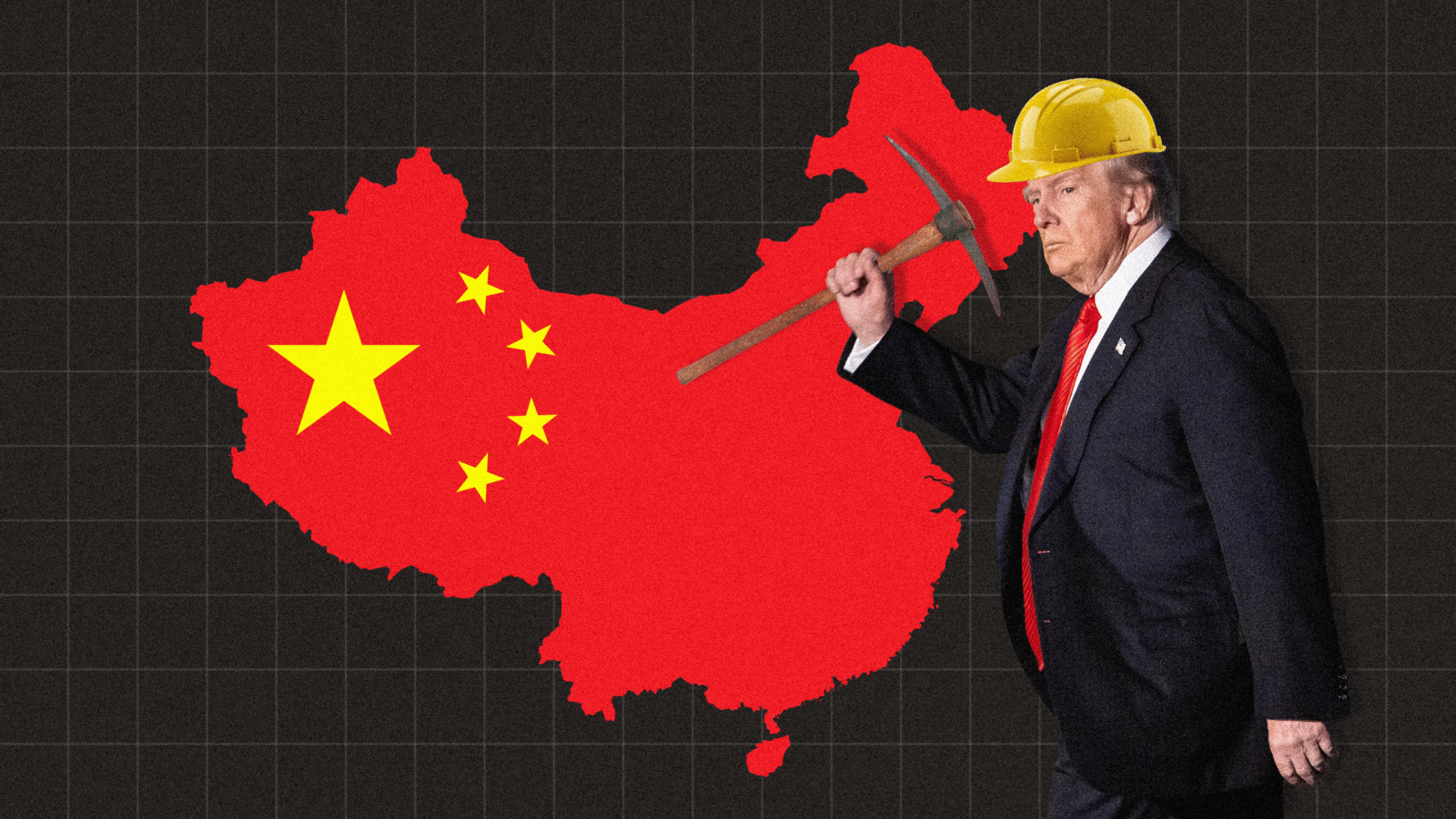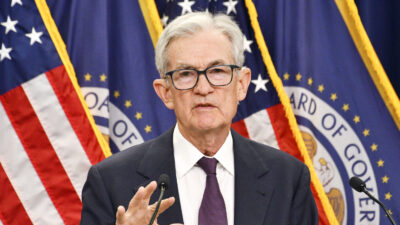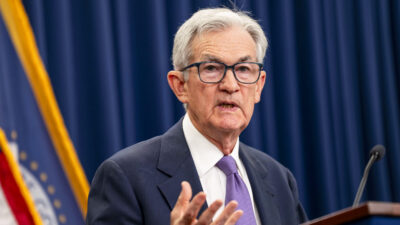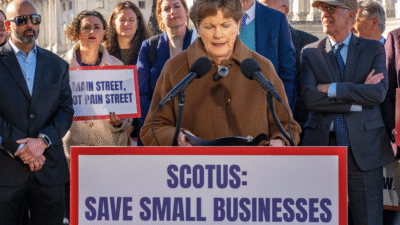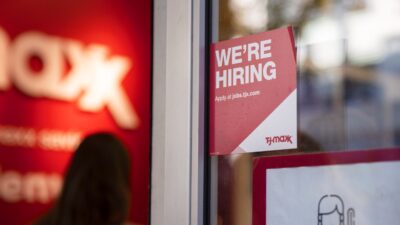Consumer Confidence Rebounds as Tariff Tensions (Temporarily) Ease
You can’t bounce back without first getting low. And, in April, consumer confidence according to the Conference Board got real low.

Sign up for smart news, insights, and analysis on the biggest financial stories of the day.
Market conditions these days are kinda like the weather in Ireland: If you don’t like it, check again in 15 minutes. And now, all of a sudden, everyone is seeing sunshine and rainbows.
As global trade tensions appear to cool, consumer sentiment has rebounded — sharply. In fact, the latest consumer sentiment report from the Conference Board, released Tuesday, showed the largest month-to-month jump in confidence in four years. Business owners, on the other hand, aren’t exactly seeing a pot of gold at the end of it all.
Deal or No Deal
You can’t bounce back without first getting low. And, in April, consumer confidence got low — with sentiment in the Conference Board’s monthly survey falling for the fifth straight month to levels not seen since the Covid-19 pandemic. For reference, April’s reading was still a healthy tick above levels seen following the 2008 financial crisis, and May’s 12-point rebound still leaves the index about 12 points shy of its post-election, pre-trade war sugar rush.
So what’s changed in the past month? For starters, the May 12 trade war armistice between the US and China. Interestingly, however, the Conference Board noted in its report Tuesday that half of the survey responses came in before the truce agreement, and also showed confidence ticking upward. “The rebound was already visible before the May 12 US-China trade deal but gained momentum afterwards,” senior Conference Board economist Stephanie Guichard wrote in the statement.
Translation: The shell shock of Liberation Day tariff announcements wore off somewhat quickly for consumers, possibly due to the stop-and-start nature of the White House’s levy rollouts. Business owners, on the other hand, are still operating a bit cautiously:
- Tuesday also delivered the latest core capital goods report from the US Commerce Department, which showed business spending on equipment plunged 1.3% in April. That would suggest businesses are finding it difficult to plan for the year ahead due to the new tariff regime. Data showing whether May brought a similar bounce in sentiment among business owners will take at least another month.
- “I have predicted for months that business investment will be the main driver of a softer economic performance this year, as executives postpone their capital projects until they have more clarity on policy,” Stephen Stanley, chief US economist at Santander US Capital Markets, told Reuters. “These data offer the first confirming evidence of that hypothesis.”
EU and I: Consumers’ trade-deal optimism may be rewarded. The Conference Board stopped taking survey responses on May 19, just days before POTUS announced 50% tariffs on European Union goods starting June 1. But, by Monday, the White House said the tariffs would be delayed until July 9, while European Commission President Ursula von der Leyen says the two sides have agreed to fast-track talks to get a deal done before then. The good news triggered a nearly 1.8% jump on the Dow Jones Industrial Average and a more than 2% jump on the S&P 500 on Tuesday, snapping four-day losing streaks for both indexes.




